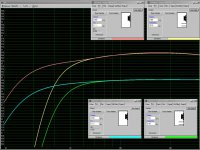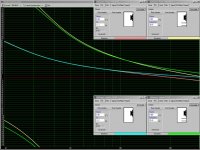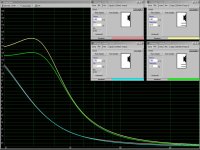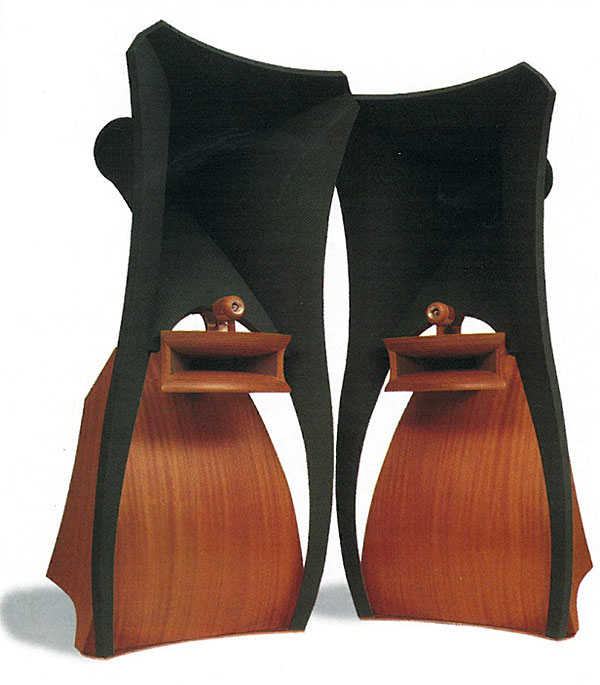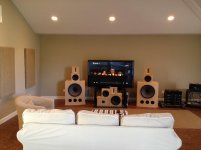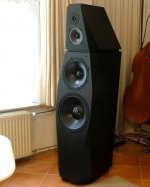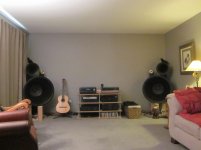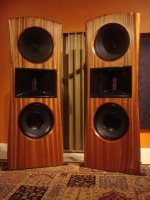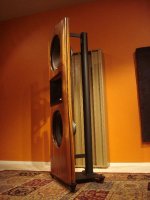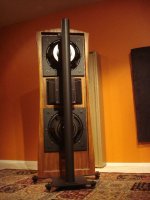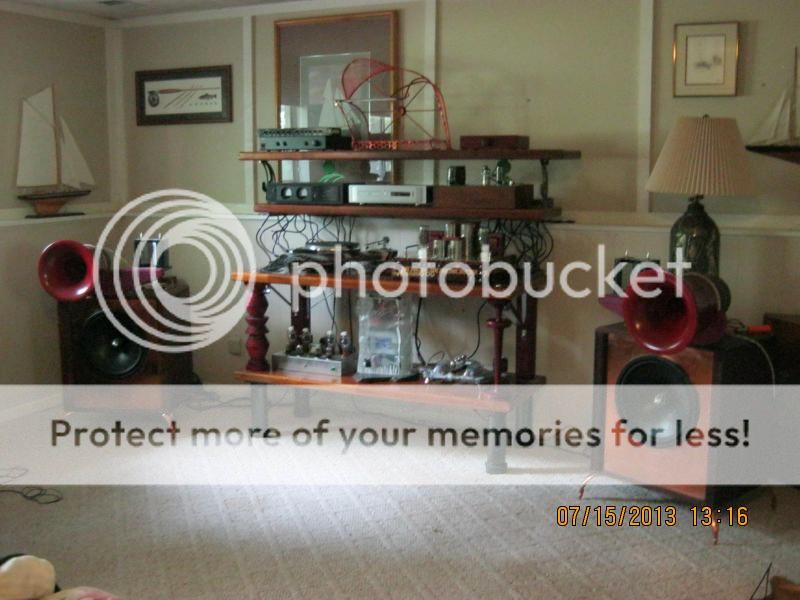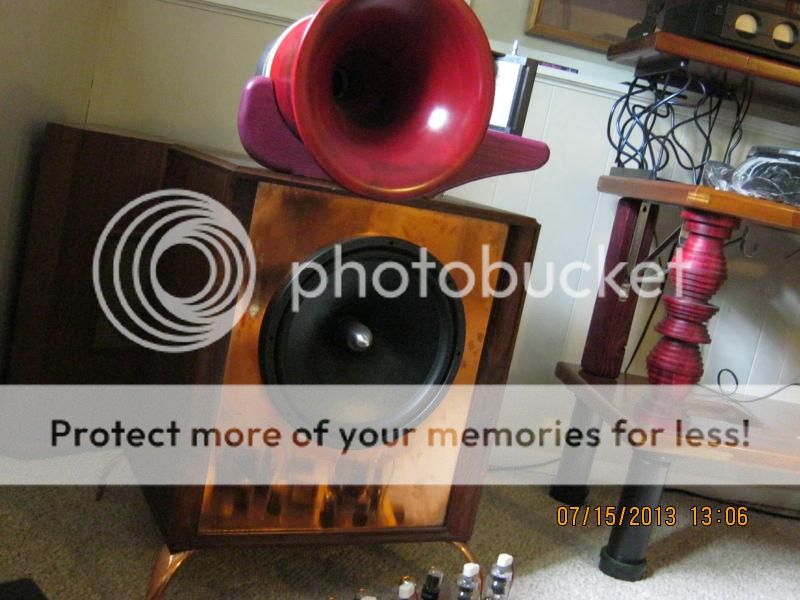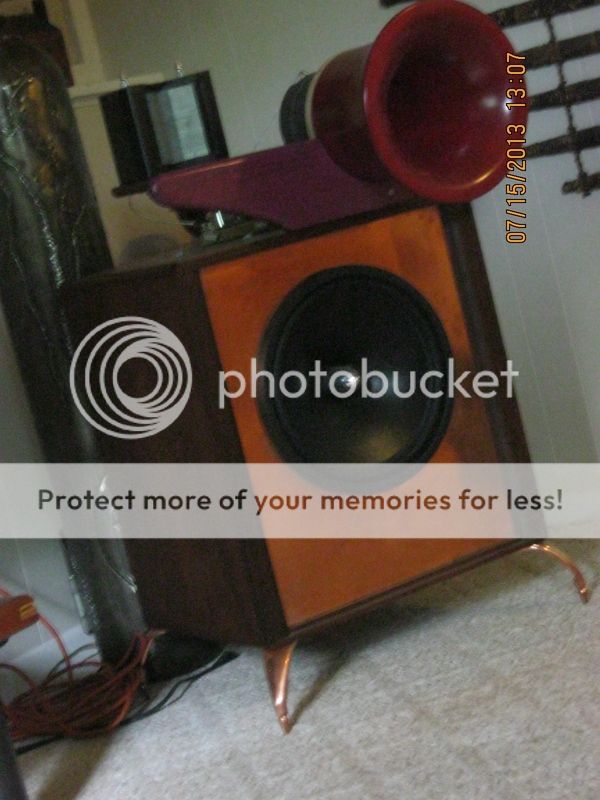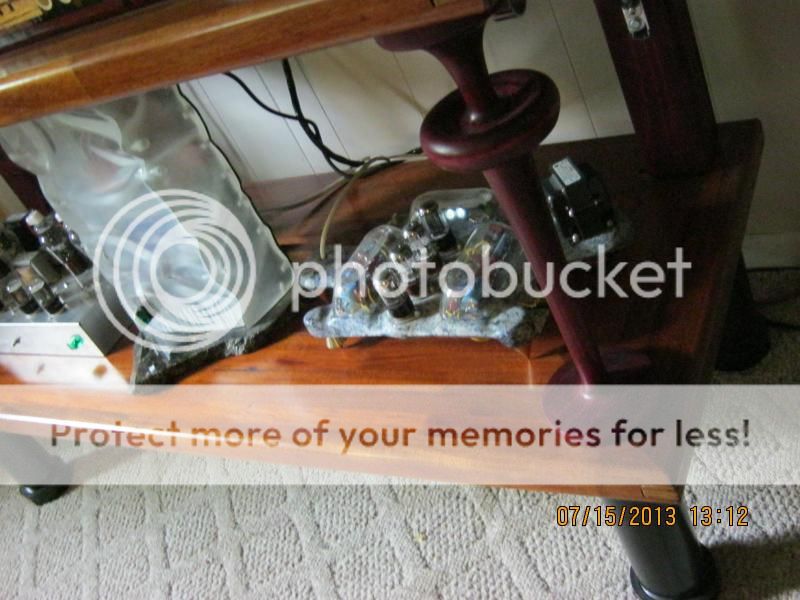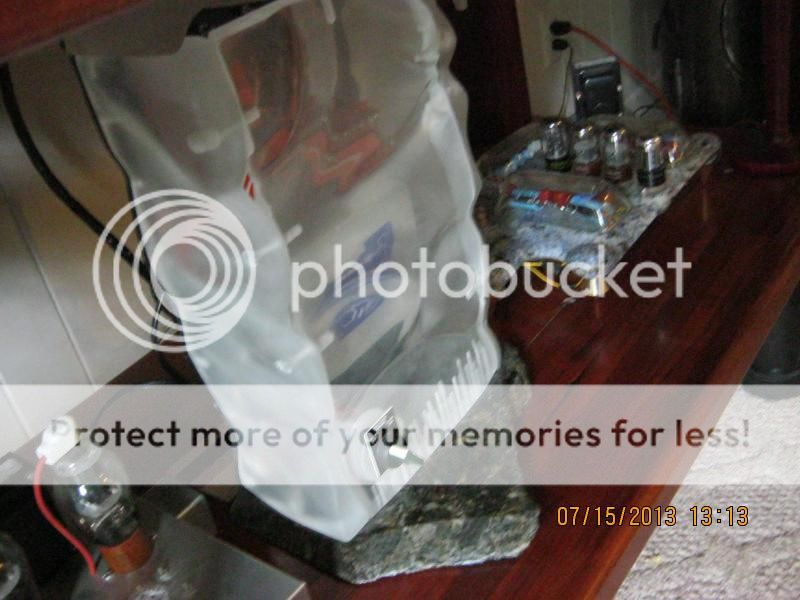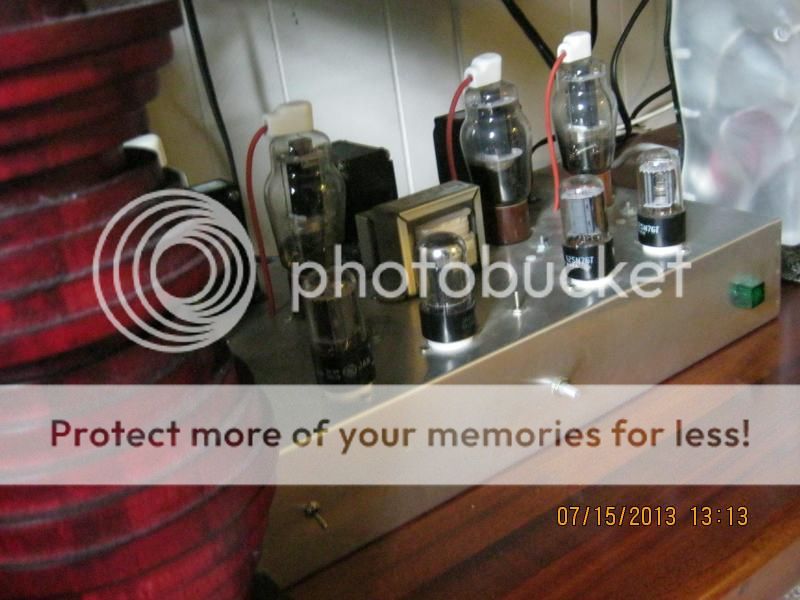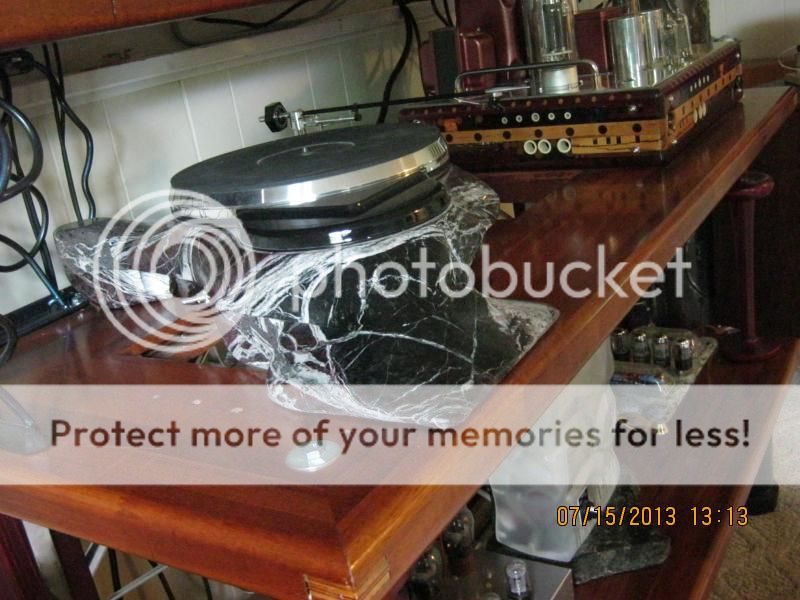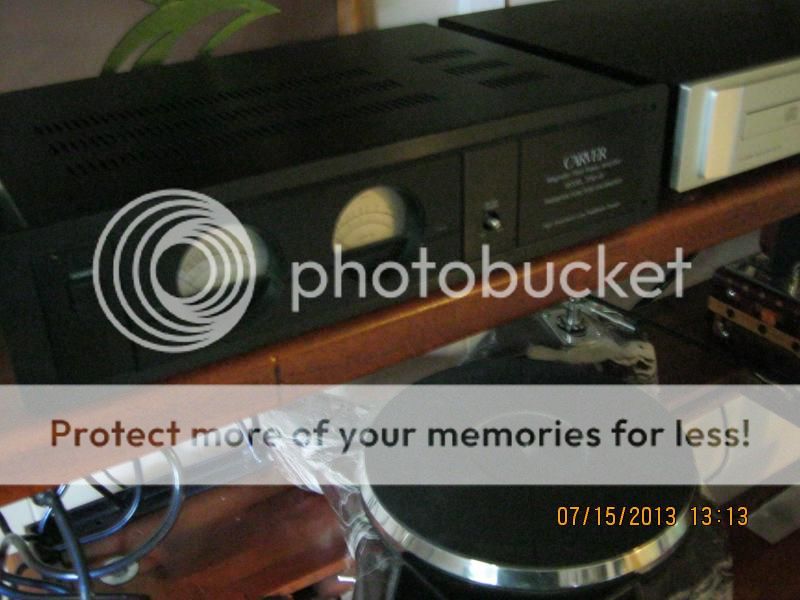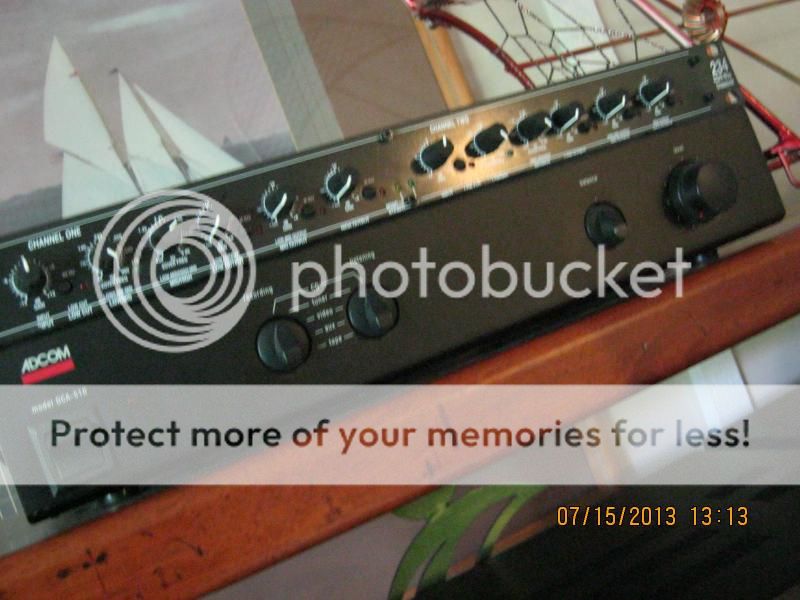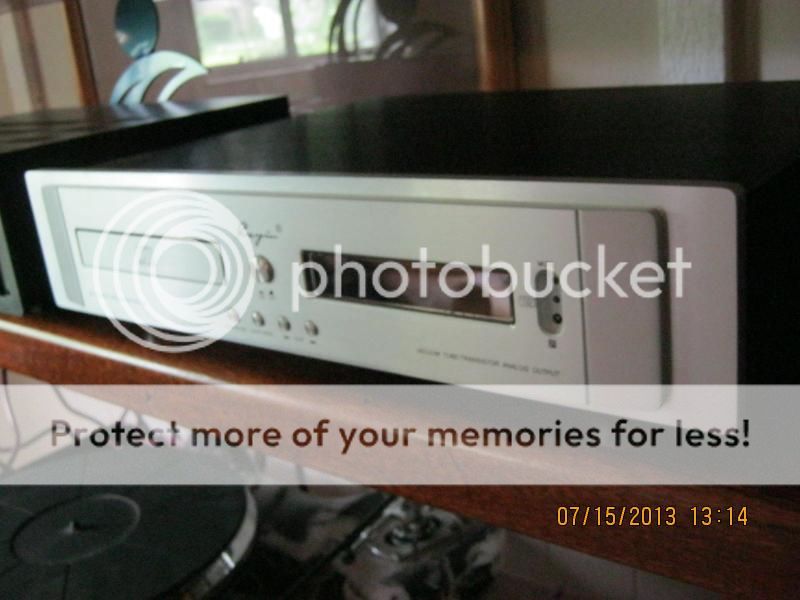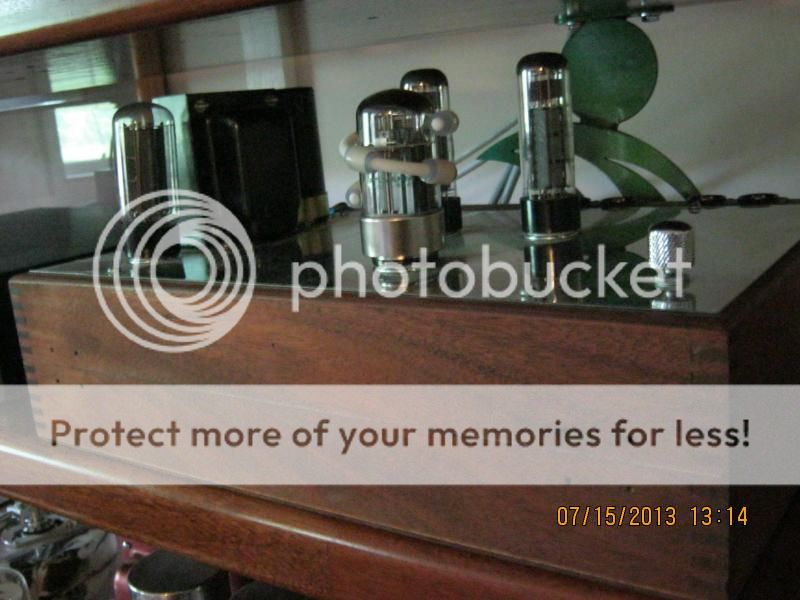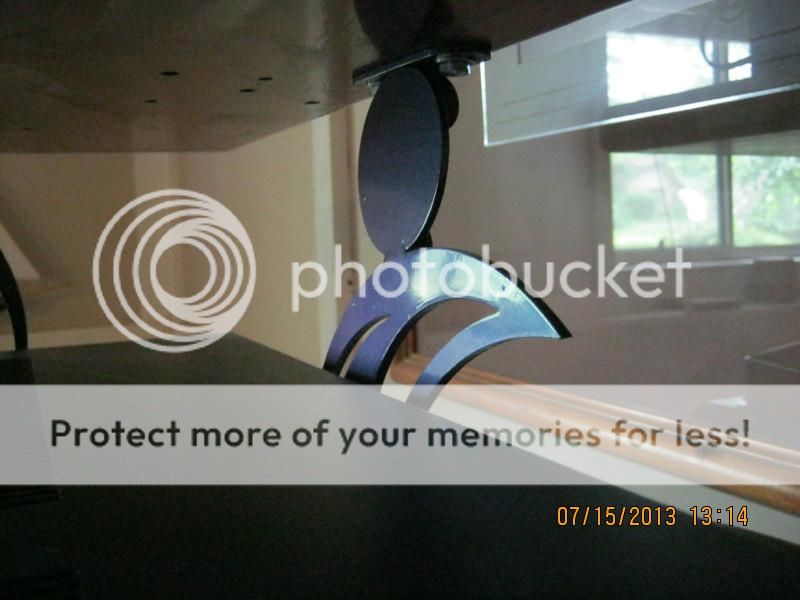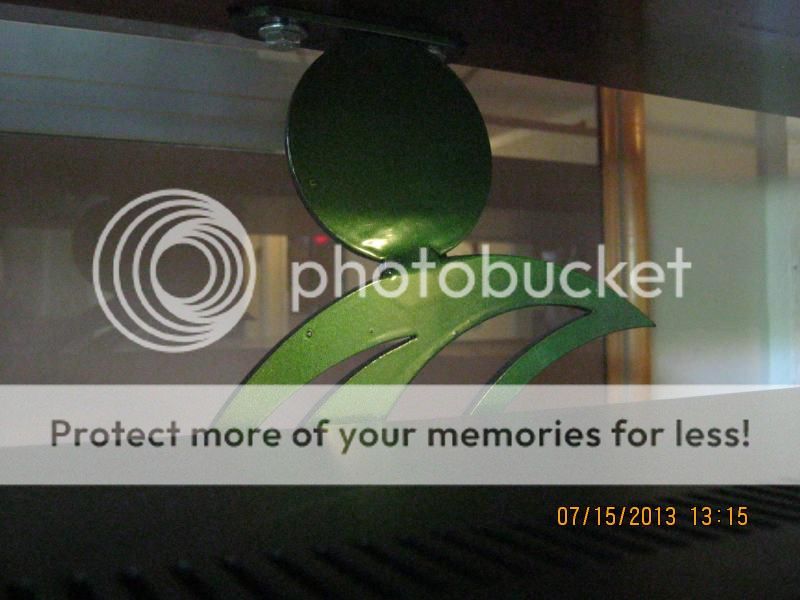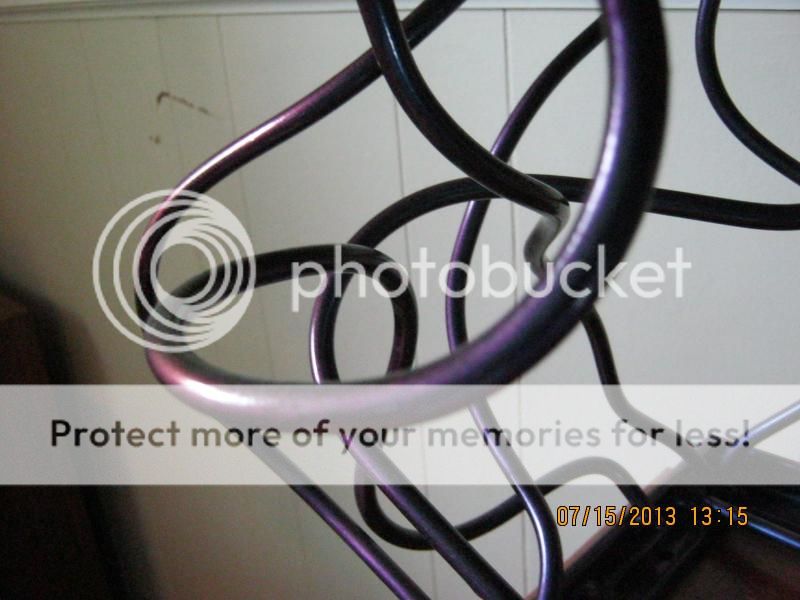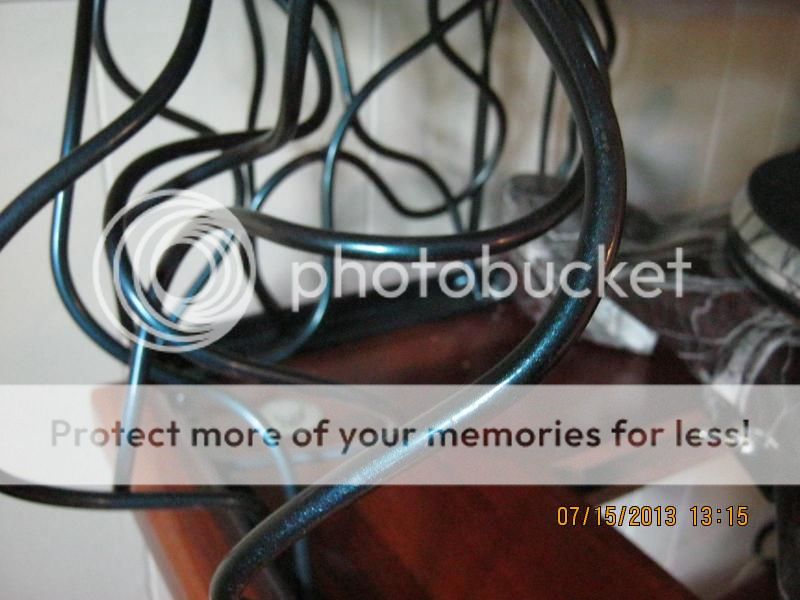Recent simplifications in using digital crossovers and equalization have made small'ish volume sealed bass cabinets a popular choice. Sealed box woofers offer lower phase and group delay variations. 20Hz SEALED: 15" woofer in 3ft^3 18" woofer in 4 ft^3
The December 1995 Stereo Review, p. 144 article ‘A Measure of Bass Quality' states that the subjective quality of bass reproduction (its ‘quickness’ and ‘detailed texture’) is very closely associated with group delay. Systems that exhibit lower group delay have a subjectively higher quality level of bass reproduction.
Data shows that sealed systems have consistently lower group delay (10 milliseconds or less in the low bass range), compared to vented or bandpass systems, which can exceed 20 milliseconds of group delay in the bass range. Psychoacoustic studies like Blauert&Laws have shown that vented bass system group delays are detectable at low bass frequencies.
Blauert & Laws May 1978 "Group Delay Distortions in Electroacoustical Systems"
Group Delay Frequency Threshold of Audible Detection
20 Hz 20 ms
50 Hz 8 ms
500 Hz 3.2 ms
1 kHz 2 ms
2 kHz 1 ms
4 kHz 1.5 ms
8 kHz 2 ms
The December 1995 Stereo Review, p. 144 article ‘A Measure of Bass Quality' states that the subjective quality of bass reproduction (its ‘quickness’ and ‘detailed texture’) is very closely associated with group delay. Systems that exhibit lower group delay have a subjectively higher quality level of bass reproduction.
Data shows that sealed systems have consistently lower group delay (10 milliseconds or less in the low bass range), compared to vented or bandpass systems, which can exceed 20 milliseconds of group delay in the bass range. Psychoacoustic studies like Blauert&Laws have shown that vented bass system group delays are detectable at low bass frequencies.
Blauert & Laws May 1978 "Group Delay Distortions in Electroacoustical Systems"
Group Delay Frequency Threshold of Audible Detection
20 Hz 20 ms
50 Hz 8 ms
500 Hz 3.2 ms
1 kHz 2 ms
2 kHz 1 ms
4 kHz 1.5 ms
8 kHz 2 ms
Attachments
Ill try and be clear....I design and make furniture, I wish to, in the the coming years design and make hi-end hi fi, I really want to specialise in making beautiful horn speakers.
I have started a few threads on this, and sold a couple of pairs of small turned JMLC horns.
Im trying to design a range of products that are somewhat interchangeable.
The ideas being a few bass cabinets, 15", 2x10" 2x8"
And a few horn configurations/profiles.
I was pretty much dead set on having (for my home set up) a 2" compressions driver with some horn profile, and 2x10" drivers, as a compromise between cabinet size, efficiency etc....
After reading some more about Dr Earl Geddes and his approach (and have had a absolutely no baffle, just perched on a spike 15" with an awesome few octaves) spurred me again to look at 15" and large baffles.
Most seem incredibly ugly, yes big speakers need big boxes, but not many are done with little finesse. Geddes speakers, (I havent heard them) with all the reviews, and positive praise, to my tastes are not beautiful works of art, and looks like incongruous big PA like boxes.
So I though I would try and make a thread dedicated to how to integrate large woofers with a modicum of style, with proportions to the boxes or horns on top, the space around, and how they integrate with the other components around them.
My goal is inspiration for the diy builder, looking to build something similar, but doesn't want two 100L square MDF subs taking up half there lounge.
I look forward to seeing some more...
I have started a few threads on this, and sold a couple of pairs of small turned JMLC horns.
Im trying to design a range of products that are somewhat interchangeable.
The ideas being a few bass cabinets, 15", 2x10" 2x8"
And a few horn configurations/profiles.
I was pretty much dead set on having (for my home set up) a 2" compressions driver with some horn profile, and 2x10" drivers, as a compromise between cabinet size, efficiency etc....
After reading some more about Dr Earl Geddes and his approach (and have had a absolutely no baffle, just perched on a spike 15" with an awesome few octaves) spurred me again to look at 15" and large baffles.
Most seem incredibly ugly, yes big speakers need big boxes, but not many are done with little finesse. Geddes speakers, (I havent heard them) with all the reviews, and positive praise, to my tastes are not beautiful works of art, and looks like incongruous big PA like boxes.
So I though I would try and make a thread dedicated to how to integrate large woofers with a modicum of style, with proportions to the boxes or horns on top, the space around, and how they integrate with the other components around them.
My goal is inspiration for the diy builder, looking to build something similar, but doesn't want two 100L square MDF subs taking up half there lounge.
I look forward to seeing some more...
That Hi-Vi F10 is terrific ! Such big fat box for just 89 dB ?
( again ...terrific ! )
Terrific from terror.
BTW I have one system with a 15'' shown in the DIY Pic section.
It plays OB like the mid associated.
Still raising money for sub & earning space.
For subwoofer loudness playing level at home I would need just my usual 20-40 W
amplifier...well, if I use much powerful amplifiers and higher X-max subs like those
from Car...but those are often done with 2+2 Ω coils, so no big deal .
( again ...terrific ! )
Terrific from terror.
BTW I have one system with a 15'' shown in the DIY Pic section.
It plays OB like the mid associated.
Still raising money for sub & earning space.
For subwoofer loudness playing level at home I would need just my usual 20-40 W
amplifier...well, if I use much powerful amplifiers and higher X-max subs like those
from Car...but those are often done with 2+2 Ω coils, so no big deal .
The speakers that Dumptruck posted and are believed to be made by Jadis, remind me
of the Magico. The head of Magico believes that high efficiency at home is the way to go.
Same horrendous sight are some speakers posted before, talking about big JBLs with a retro ( styled ) horn as a midrange, and the classic tweeter with lens above the woofer.
Nice horror thread !
of the Magico. The head of Magico believes that high efficiency at home is the way to go.
Same horrendous sight are some speakers posted before, talking about big JBLs with a retro ( styled ) horn as a midrange, and the classic tweeter with lens above the woofer.
Nice horror thread !
Fostex FW800HS 31.5" Super-Bass
An externally hosted image should be here but it was not working when we last tested it.
I think 10" again, but huge bass horn enclosures.
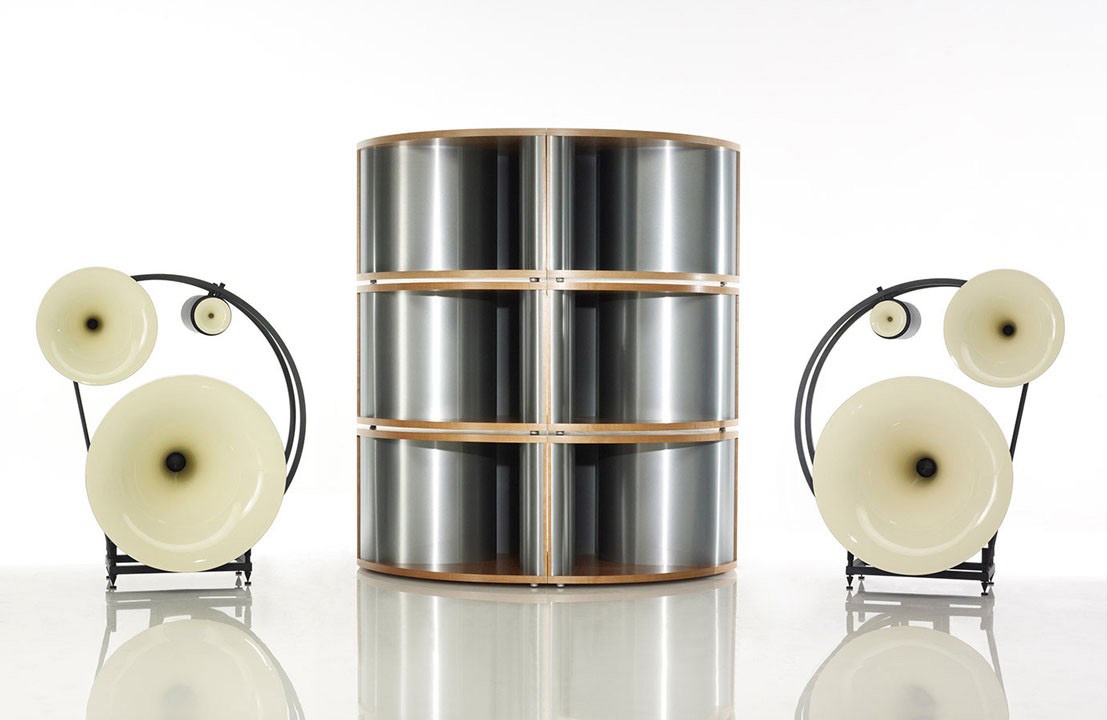
The Basshorns of AvantgardeAcoustics work with two 12" neodym drivers and with active electronics that deliver 250 watt per driver for one of that six shown units.
So here are working 12 12"Drivers and a total of 3000 Watts!
Revel Rythm2 18" subwoofer
An externally hosted image should be here but it was not working when we last tested it.
Ill try and be clear....I design and make furniture, I wish to, in the the coming years design and make hi-end hi fi, I really want to specialize in making beautiful horn speakers.
...
I'm trying to design a range of products that are somewhat interchangeable.
The ideas being a few bass cabinets, 15", 2x10" 2x8"
And a few horn configurations/profiles.
...
I look forward to seeing some more...
Are you planning to actually built the horns, or to simply use off-the-shelf horn in your design?
There are probably a few designs available to 2x10" and 2x8". A 1x15" is going to be a little more difficult to find.
Designing speakers is actually a very complex process, as you can see from reading this forum. Countless details that need to be considered. So, finding specific bass cabinet designs that can be adapted to multiple designs is going to be hard, but certainly once you have the designs, you should do well. It is just a matter of getting there.
Horn Mid-Range/Tweeters tend to be very efficient with high output levels. That means you either have to attenuate the mid/thigh down, or you have to build exceptionally high output bass cabinets. Which in turn probably means BIG bass cabinets.
Get ready for a long steep learning curve on this. There are software programs that can help you design bass cabinets, and crossovers. They can give you maximum output levels, and will check for port noise or excess excursion of the bass drivers.
If you are serious about building speakers whose sound quality matches the luxury cabinets, then you really need to invest in some of this design and testing software.
Though not the ultimate, the Dayton Audio Test and Measure system is pretty good -
The Dayton DATS system allows you to measure the full TS parameters of the specific drivers you have -
Dayton Audio DATS Dayton Audio Test System 390-806
Once the speaker is designed, you can test it with the Dayton OmniMic system -
Dayton Audio DATS Dayton Audio Test System 390-806
To design the actual bass cabinets and crossovers, BassBox Pro/X-Over are a fair place to start -
BassBox 6 Pro/X-Over 3 Pro Software Set CD-ROM 500-927
As an alternative, SoundEasy -
SoundEasy Loudspeaker Design Software USB Key 500-912
The views on BassBox Pro are mixed, some people like it others don't feel it is quite complete enough.
There are other alternatives to design, some more expensive, some less expensive, but this gives you an idea of the concept.
Speaker & Crossover Design Software in the Speaker Components Department at Parts Express | 335
SPL Meters / Audio Analyzers in the Speaker Components Department at Parts Express | 337
Speaker Design Books in the Speaker Components Department at Parts Express | 334
Parts Express also has some videos demonstrating some of the available software -
Analyzing Goldwood Speaker Box w/ Bass Box Pro 6 - YouTube
Part 1 Harristech BassBox 6 Pro Software Demo - YouTube
Part 2 Harristech BassBox 6 Pro Software Demo - YouTube
Measure and Analyze Your Loudspeakers and Room Acoustics - YouTube
Measure and Analyze your drivers and loudspeaker systems - YouTube
This is the easiest and most readily available software rather than the absolute best, though expect the best to be quite expensive.
For what it is worth.
Steve/bluewizard
Last edited:
JBL 18" 2245 8cuft.
I had Altec A7 bass cabs and wanted to do the mod where the horn part was closed off from the lower end and the JBL 2245 was installed in each bottom. Never got to it though.
Fostex FW800HS 31.5" Super-Bass
An externally hosted image should be here but it was not working when we last tested it.
I want two of those.
I want two of those.
I wonder if they would sound as tight as 3 or 4 15" drivers.
Here are my Lambda TD15X woofs in their new home.
djn,
Do you have a floor_firing bottom_exit port on your TD15X cabinet?
Have you compared floor firing bottom exit ports to front_firing near_bottom exit ports? (round ports, shelf ports, etc...)
Some "modern"(like B&W 801) floor_firing bottom_exit ports add a rear incline plane to block any rear port air exit and push the port air out mainly toward the front.
Did you build your turntable for ROCK music?
- Status
- This old topic is closed. If you want to reopen this topic, contact a moderator using the "Report Post" button.
- Home
- Loudspeakers
- Multi-Way
- Picture gallery of large woofers, 15" +
